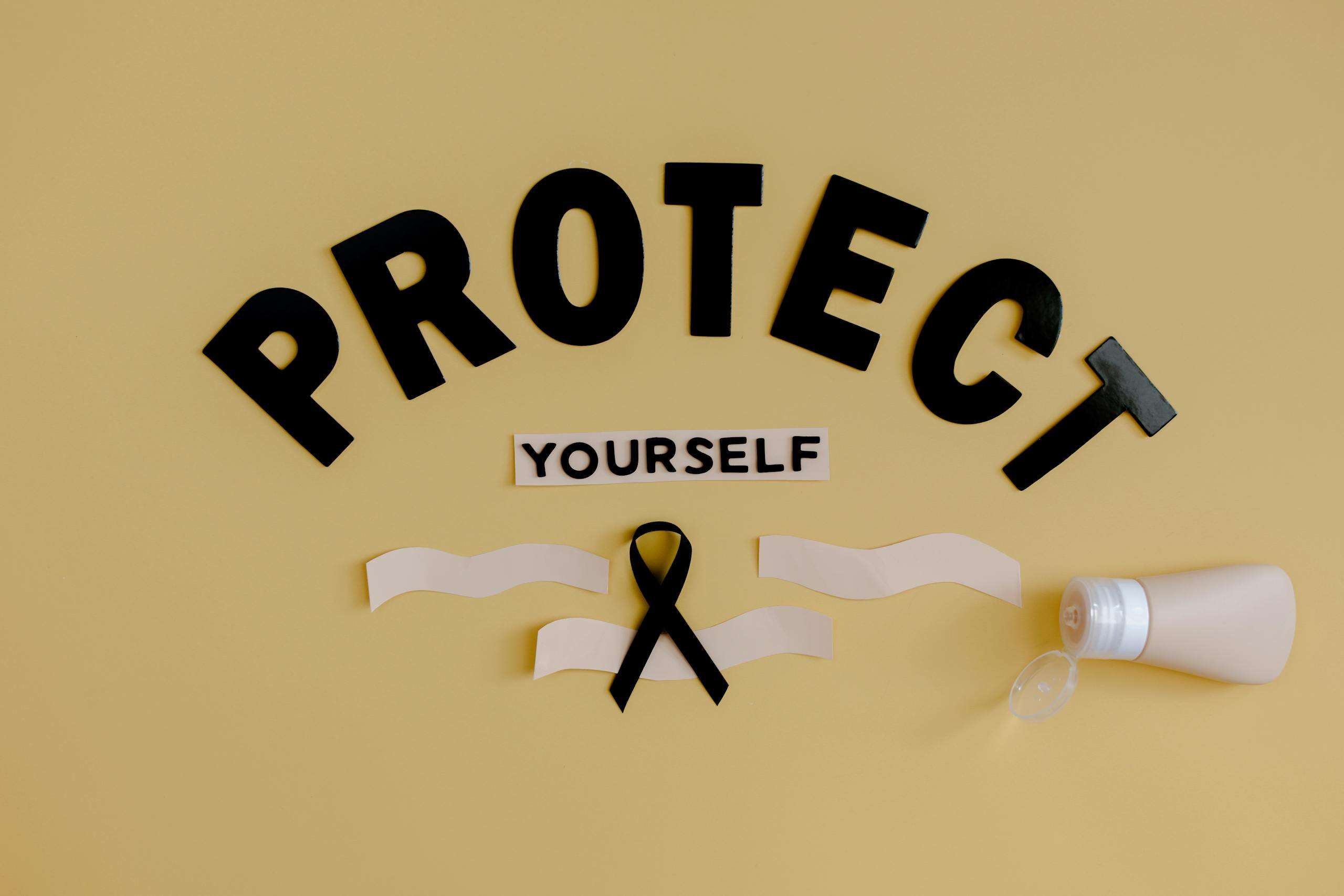10 Powerful Ways to Protect Yourself from Nuclear Threats!☢️🛡️
Learn the 10 most effective and science-backed ways to protect yourself from nuclear threats :
In an increasingly unstable world, the threat of nuclear incidents—whether from warfare, accidents, or terrorism—can no longer be ignored. While it might seem like something out of a sci-fi movie, nuclear threats are very real, and being unprepared can have deadly consequences. Most people assume that if a nuclear bomb goes off, survival is impossible. However, that’s not entirely true. Experts agree that your chances of survival can drastically improve with the right information and preparation.
From building a home emergency kit to understanding the science of radiation, there are practical steps you can take to protect yourself and your family. This article outlines 10 powerful, expert-recommended ways to stay safe before, during, and after a nuclear threat. These tips are based on scientific research, global emergency protocols, and real-world scenarios from past nuclear events like Chernobyl and Fukushima.
Whether you’re a student, a parent, or just a concerned citizen, this guide will empower you with life-saving knowledge. In fact, just reading and sharing this article could make a difference one day. So let’s dive into the most important survival tactics you should know to protect yourself from nuclear dangers.
1. Know the Warning Signs
Many governments have early warning systems for nuclear events. Stay informed through official alerts from civil defense systems, national emergency apps, or trusted news sources. Apps like Red Cross Emergency provide real-time alerts.
2. Prepare an Emergency Kit
A nuclear emergency kit should include:
– Bottled water (at least 3 gallons per person)
– Non-perishable food
– Flashlights, batteries, and radio (preferably hand-crank)
– Iodine tablets (to block radioactive iodine)
– First-aid kit
– N95 masks
– Sealed plastic sheeting and duct tape for sealing rooms
For full guidance, check resources from Ready.gov.
3. Identify Safe Shelter Locations
The safest place during a nuclear blast is in a basement or a centrally located room with no windows. The more layers between you and the outside world, the better. Concrete, lead, and thick earth provide excellent protection against radiation.
4. Understand the “Rule of 7-10”
Radiation levels from nuclear fallout decrease by 90% every 7 hours. After 49 hours (about 2 days), radiation is just 1% of its initial level. Stay indoors for at least 48–72 hours. This rule is a game-changer for post-blast survival.
5. Practice Shelter-in-Place Protocols
If you can’t evacuate, seal your shelter. Close all windows and doors, shut off ventilation, and seal openings with plastic and duct tape. Use bottled water and pre-packaged food only. Stay low and in the center of the building.
6. Take Potassium Iodide (KI) Pills
KI pills help protect your thyroid from absorbing radioactive iodine, which is one of the most dangerous components of fallout. Only take them if directed by health officials or if you’re in a known fallout zone. Learn more at the CDC KI Guidelines.
7. Avoid Contaminated Food and Water
Do not consume food exposed to outside air after a blast. Wash canned goods before opening. Avoid drinking tap water until authorities declare it safe. Have water purification tablets or a LifeStraw as backup.
8. Remove Contaminated Clothing
After exposure, remove your outer layer of clothing—this can eliminate up to 90% of radioactive material. Shower thoroughly using soap and water (no conditioner). Place clothes in a sealed plastic bag away from living areas.
9. Monitor Radiation Levels
Invest in a portable radiation detector (Geiger counter). These devices are crucial in determining whether it’s safe to leave your shelter or which areas to avoid. Some modern smartwatches also come with radiation sensors.
10. Stay Connected and Informed
Keep a hand-crank or battery-powered radio tuned to emergency broadcast stations. Join survival and emergency prep communities, such as WhatsApp survival forums like this community, to get real-time advice and tips.
Bonus Tip: Learn First Aid and Basic Survival Skills
Understanding CPR, treating burns, and knowing how to stop bleeding could be life-saving during a nuclear emergency. Enroll in online certifications or local Red Cross courses.
Conclusion
The idea of a nuclear threat is scary—but fear without action is dangerous. By preparing mentally and physically, you’re not just increasing your survival odds—you’re building resilience for any disaster. These 10 tips are grounded in science and expert advice and could make all the difference in a worst-case scenario.
Stay alert, stay informed, and most importantly—stay safe. For more life-saving tips and global community updates, join our WhatsApp community.


